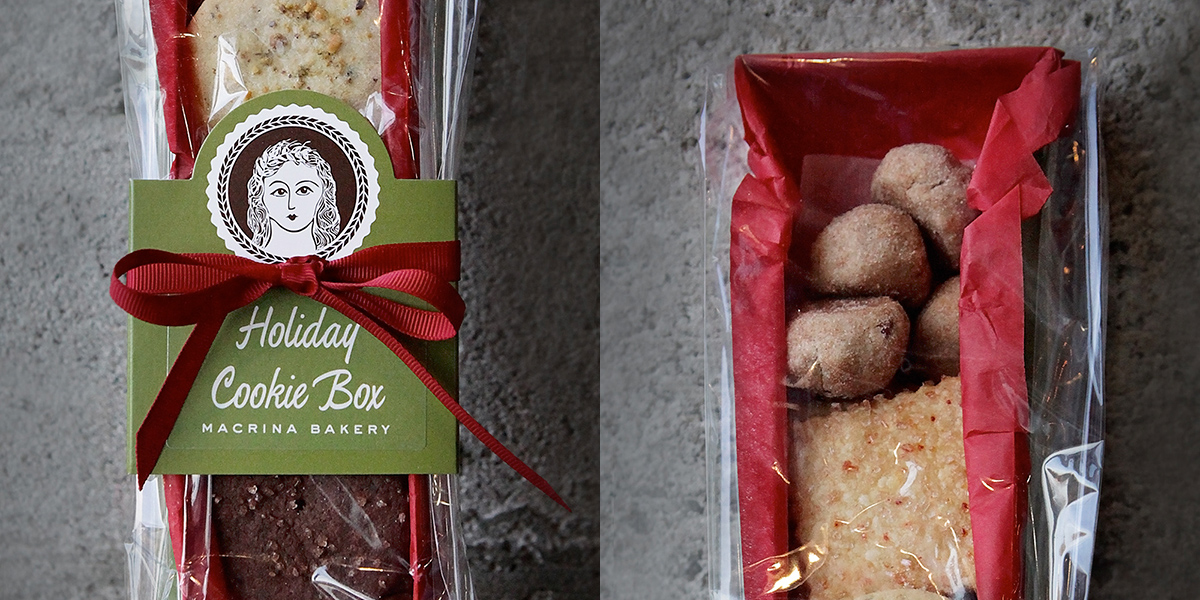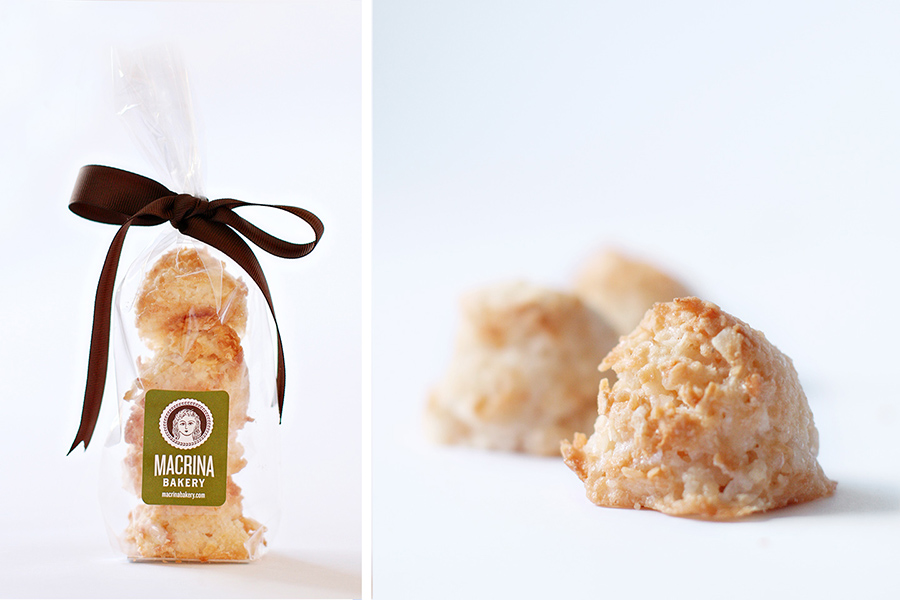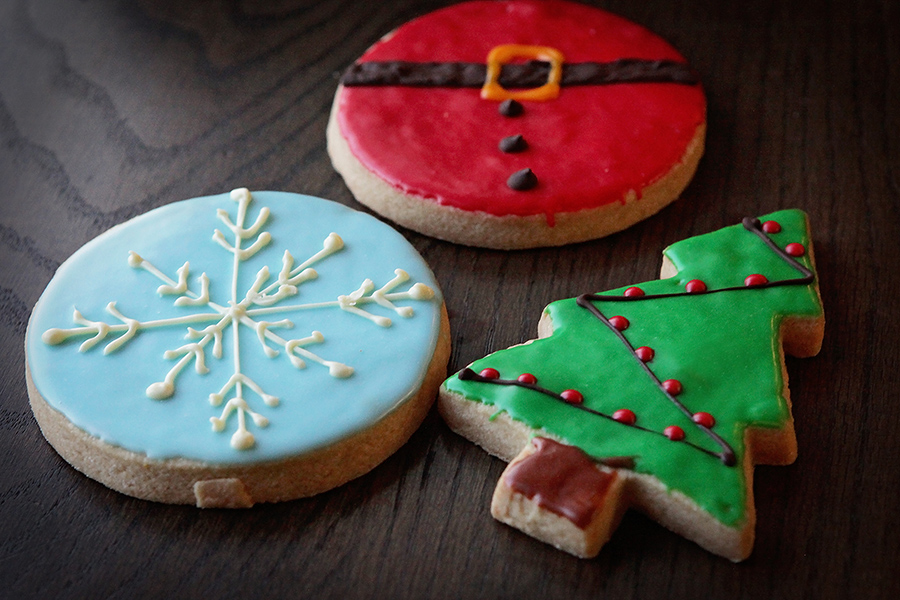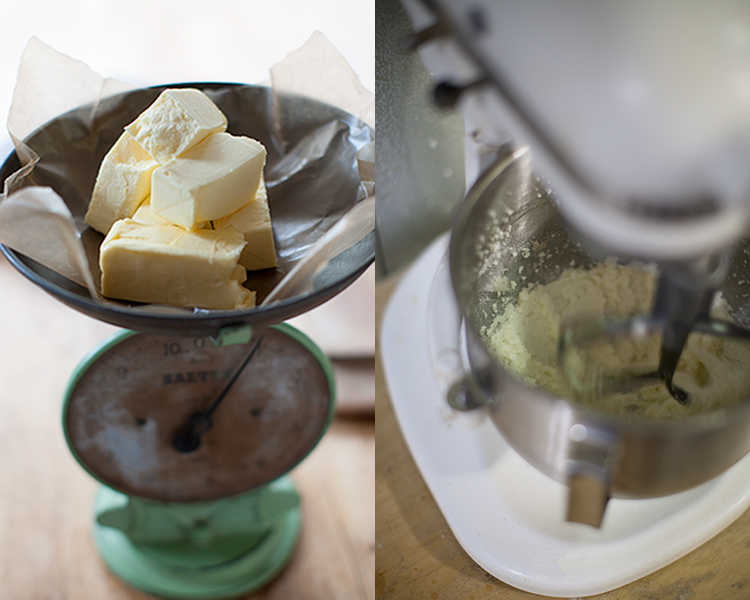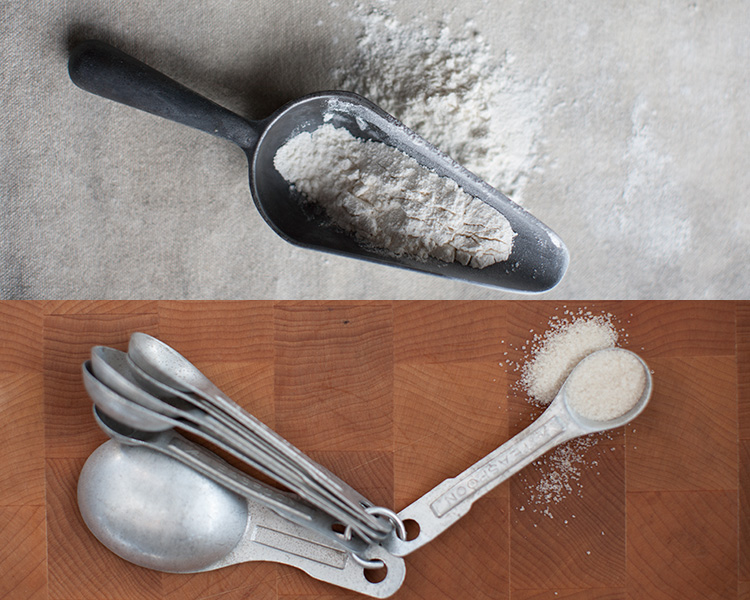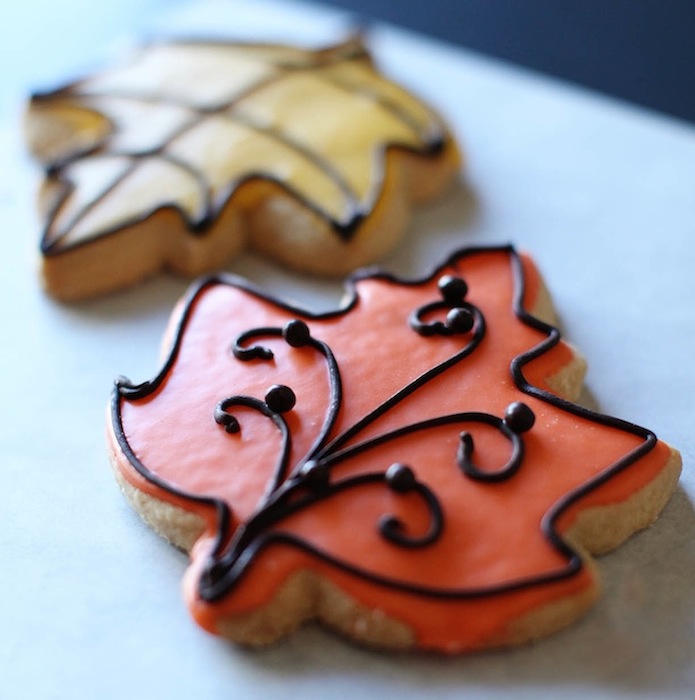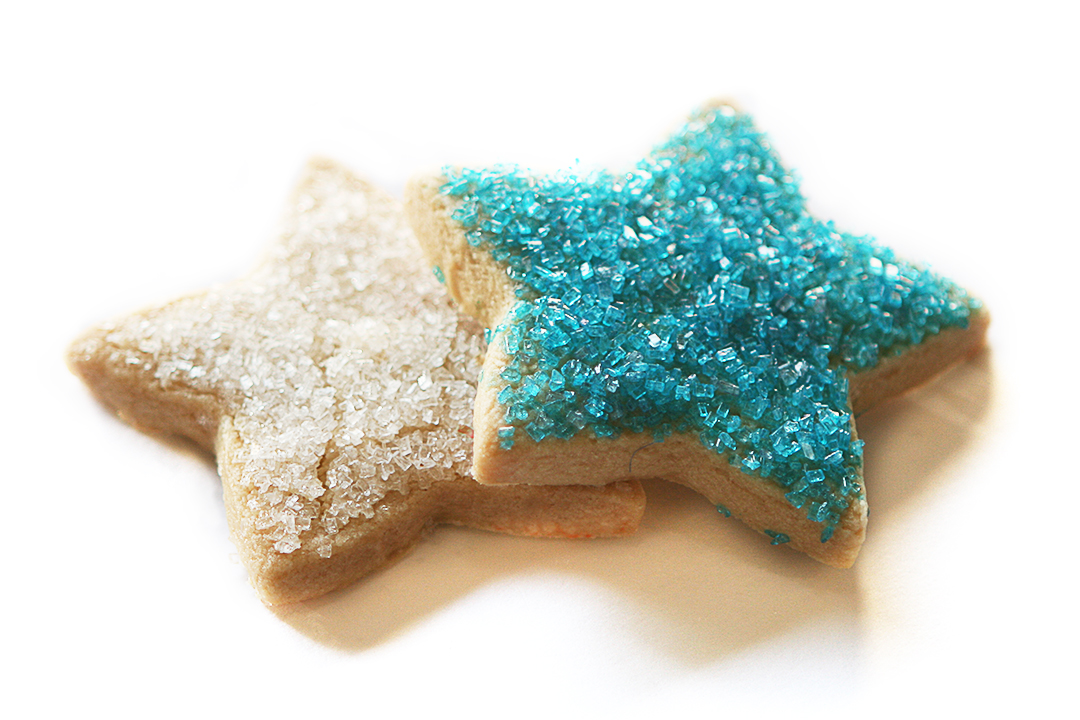This year we changed up the assortment in our Holiday Cookie Box to reflect the tastes of our pastry team and include recipes that they grew up enjoying. The Bizcocho cookie is rooted in Spanish culture and a staple on holiday tables. It’s also popular for cookie swaps, so we thought it would be perfect to feature. You’ll know it by its dome shape and sandy color.
The idea to include Bizcochos came from Jennafer Claproth, pastry lead at our Sodo location. Jennafer’s great-great-aunt Tia Theresa was a wonderful baker who passed her recipes down to her children, who then passed them on to their cousin, Jennafer’s grandmother.
“I remember as a kid my great-cousins would come to my grandma’s house to make these cookies, plus various others, for Christmas,” says Jennafer. “Having them give us the recipe was a challenge, since my aunt never had any exact measurements and neither did my cousins.”
One day, Jennafer decided the only way to get the recipe was to make them with one of her cousins. Every pinch of spice and handful of flour that her cousin used was meticulously measured and written down until they had the precise recipe.
When we gathered together at Leslie’s home last summer to brainstorm ideas and discuss recipes for the Holiday Cookie Box, Jennafer shared her Bizcochos. It was love at first bite. The sandy texture melts into a sweet, buttered pecan flavor, making it impossible to eat just one.
“These cookies continue to be made every Christmas and we wait for them all year long,” says Jennafer.
Find Jennafer’s Bizcochos tucked into our Holiday Cookie Box, available in our cafés through the end of the year!

